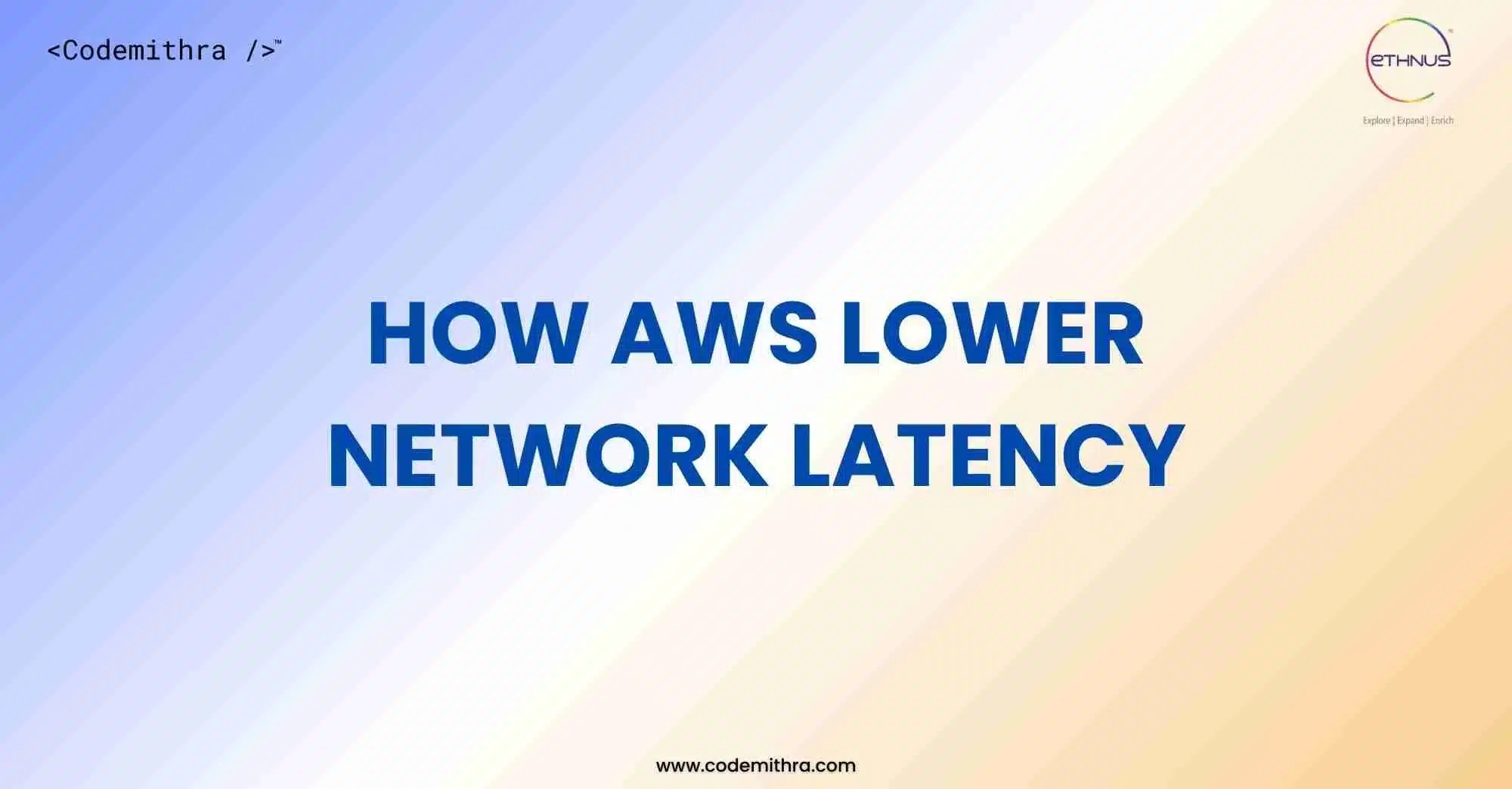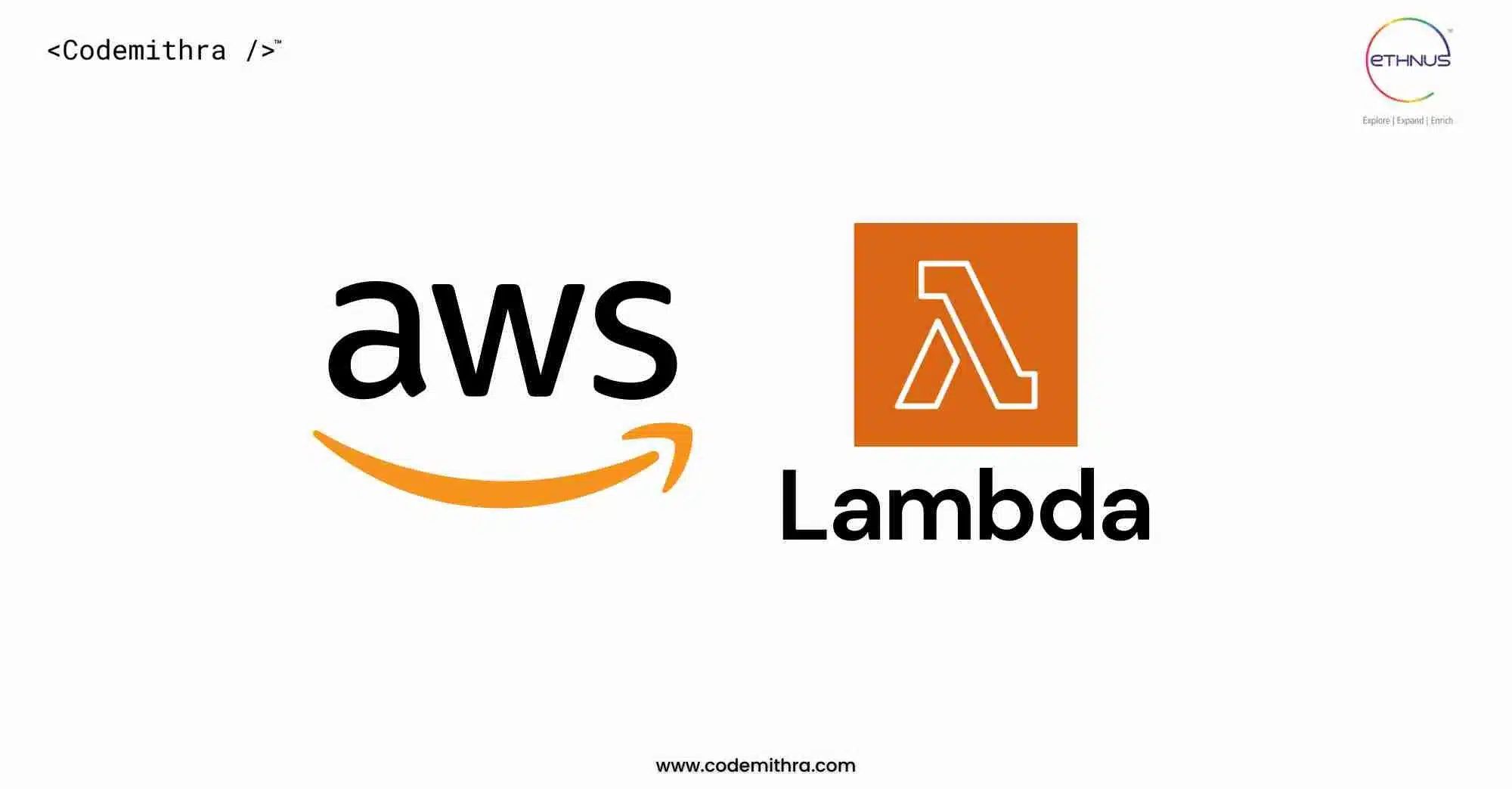Introduction
Full-Stack developers are experts in numerous programming dialects, and they change consistently from one development environment to the next. A limitless curiosity drives Full Stack developers to know “how” something works and “why” it works.
Does this describe you? If so, then keep reading. This article will provide you with a thorough understanding of what Full Stack developers do and where they fit in the development industry.
Who Is a Full-Stack Developer?
Full Stack developers are specialists in both the front-end and back-end development, i.e., the Full Stack of innovation that makes up a site. They are capable in both front-end and back-end dialects and systems and in server, organization, and facilitating conditions.
To get to this profundity of information, most Full Stack developers go through numerous years of working in a wide range of jobs. They are usually knowledgeable in both business logic and client experience. They excel at getting hands-on while also directing and counselling on the procedure.
What Is Full Stack Web Development?
Full Stack Web Development incorporates any task where you’re dealing with (or building) both the front end and back end of a site or application simultaneously. A front-end developer and a back-end developer are typically required for any web development project, but a Full Stack developer can do both.
Front-end development
Front-end developers fabricate the noticeable pieces of sites (like pages and UIs) that clients see and interact with from their internet browsers. The front end of a site (web or versatile application) is the section a client sees and responds to. To work with the front end, the languages used are:
- HTML
- JavaScript
- CSS
HTML (HyperText Markup Language) is the foundation of the web. Each site you visit has HTML and deals with the entirety of the construction and content. HTML5 is the ongoing emphasis of HTML on the web.
While you can make a site with just HTML and CSS, using JavaScript has a distinct advantage. JavaScript (JS) allows you to include intuitiveness and more intricate liveliness, making it conceivable to construct fully-highlighted web applications.
CSS (Cascading Style Sheets) controls how the HTML looks on the page. CSS sets the various textual styles, foundation pictures, and page layouts. You can utilise CSS to (re)arrange the HTML components on a page as per your requirements, regardless of whether it contrasts with the organised HTML record. CSS3 is the ongoing cycle of CSS on the web, and it adds a lot of elements like fundamental intuitiveness and movements.
Back End Development
Back-end developers assemble the “in the engine” portions of sites that are not visible to users. While front-end development concerns the client interacting with the page(client-side), back-end development remains in the background (server-side). The front-end development concerns the client associations with the website. Backend development is the foundational pillar and uses languages such as:
- Python
- PHP
- Ruby
You’re most likely not going to find an employer looking for a back-end computer programmer; instead, you’ll find positions seeking Ruby (or Ruby on Rails) developers, Java developers, PHP developers, and so on. The programming languages a developer knows are vital to being an ideal choice for a specific job. PHP, Ruby, or Python are more customizable than JavaScript, as the rundown is substantially more restricted today than it used to be.
Most satisfied administration frameworks are based on a back-end programming language, as are some enormous, complex web applications. JavaScript can experience execution issues (it gets slow) at times, so while JS is currently used to assemble pretty much any website you can imagine, there are more improved arrangements out there. Figuring out how to code will train you to track down the best solution, which implies utilising a back-end language.
What Does a Full-Stack Developer Do?
Full-stack developers are responsible for a wide variety of responsibilities. They are employed in making sites with strong inner engineering that convey an intuitive and essential collaborative point to clients. A full stack developer should be well versed in HTML, CSS, and JavaScript and be comfortable with back-end advances and data set structures.
These professionals work with a product from its conception until its approval, utilising industry-standard processes to ensure specialised solutions at each development stack level. Full Stack developers start by conceptualising stages through a visual computerization group, frequently inspecting models before transforming them into coded items. Then, they create utilitarian data sets and servers to serve content that clients can interact with, continuously assessing how responsive an application is for end clients and investigating issues that arise in implementation.
Full-stack developers must stay up-to-date on current industry trends and emerging developments. Some of their regular obligations include:
- Overseeing information bases and servers.
- Communicating with particular developers and the visual computerization group to convey the ideal item.
- Prototyping feasible solutions for correspondence with organisational partners.
- Working with CSS, HTML, and JavaScript, alongside CSS preprocessors, to create client-confronting stages.
- Coding across numerous languages and stages.
- Staying aware of arising innovations that might lead to industry innovations.
Instructions to Learn the Skills
Fortunately, there are several options for gaining the information required to become a skilled Full Stack developer. While certain organisations might lean towards people who have achieved a specific degree, most companies require you to have the coding skills necessary to prevail in the job.
Most Full Stack developers acquire a four-year certification in software engineering, programming, or web development. In the event that you presently can’t obtain certification, an advanced degree can give you expansive hypothetical and viable information and basic industry contacts.
Developers who don’t have formal degrees yet have great portfolios, strong references, and open source work can likewise be exceptionally serious competitors.
Suppose you favour a more formalised opportunity for growth, yet you don’t have the opportunity or assets to seek a traditional four-year degree. In that scenario, you might want to think about joining a coding boot camp.
Coding training camps are intensive crash courses that provide you with the necessary business knowledge and skill set.Most training lasts between two and three years. During this, you’ll foster portfolio-commendable undertakings and associations with industry experts.
Don’t focus on an instructive course without thoroughly considering your requirements and circumstances. Before signing up, ask yourself these few questions:
- How long do I need to commit to learning?
- Can you improve in a virtual or in-person climate?
- How much time can I invest?
- Do I want a distance course or a full-time plan?
- What’s a feasible range for my schooling?
Conclusion
Full Stack developers can create applications and dispose of unexpected impediments that could arise in various bits of their application structure. A Full-Stack developer or designer employs a creative mind and focused abilities to create destinations, applications, and programming for businesses. Invest in a Full Stack developer course to succeed in different projects. Full Stack Web Development courses can give you the experience you need to flourish successfully in the industry. Enroll in https://codemithra.com/mern-stack/, designed by industry experts, with mock interviews, resume building, and excellent placement opportunities.





